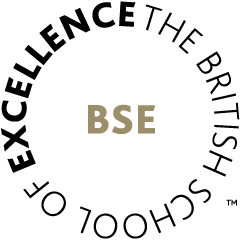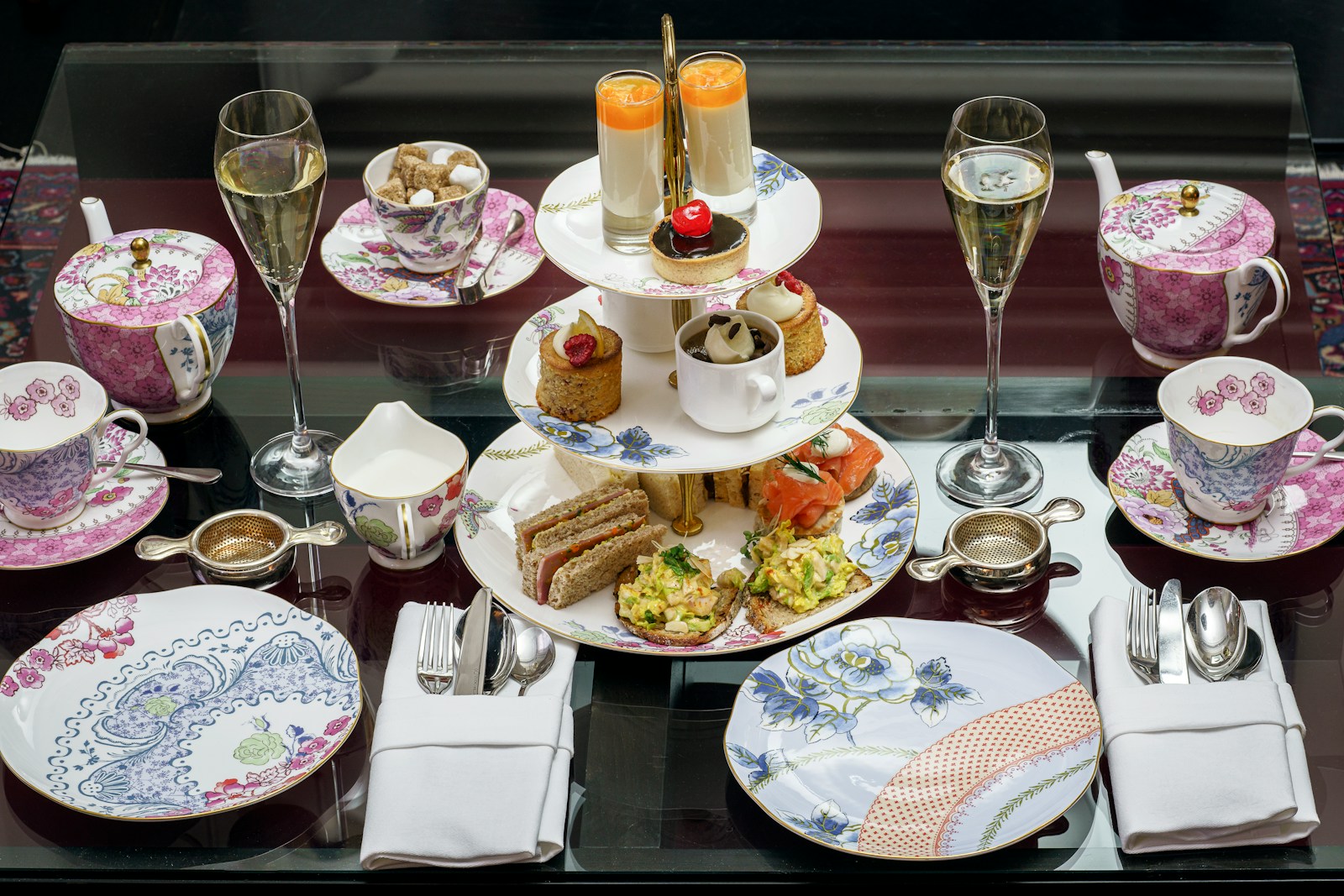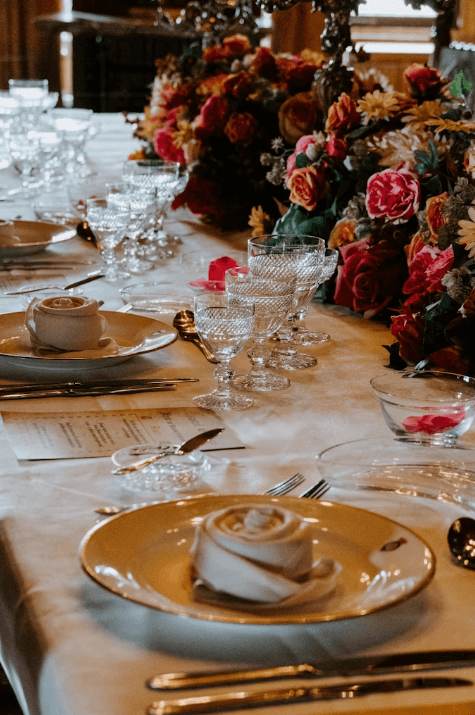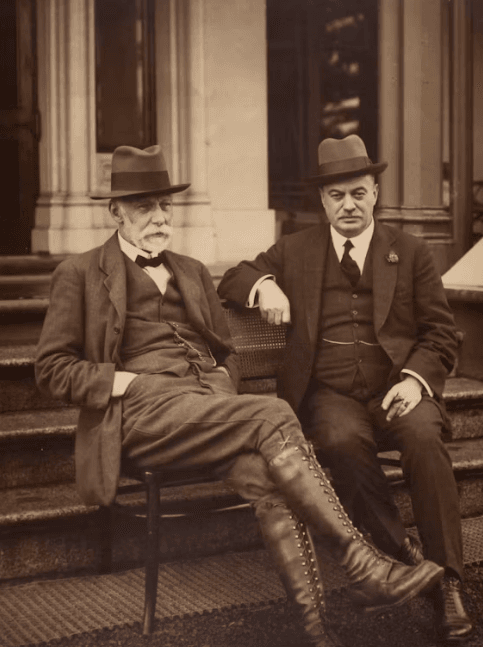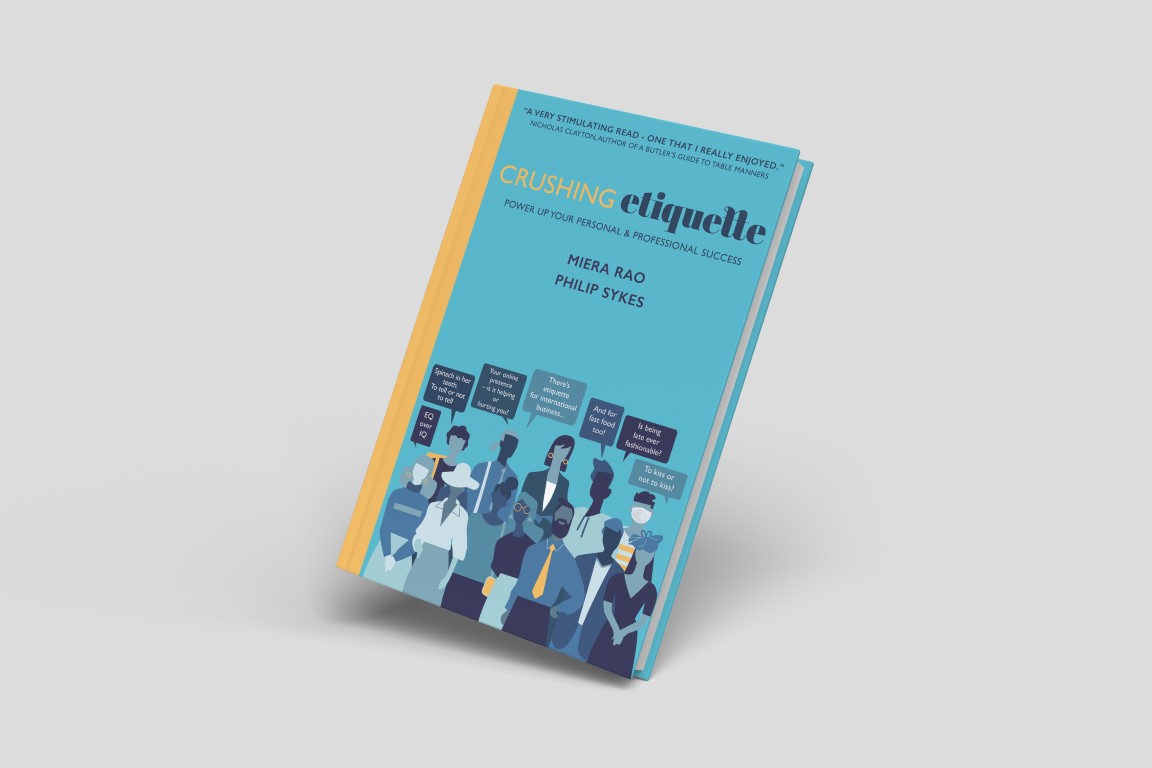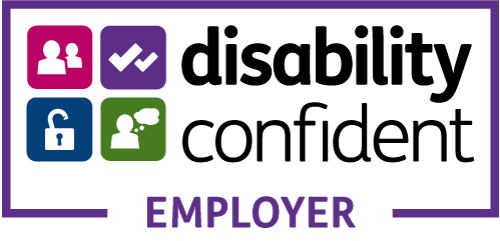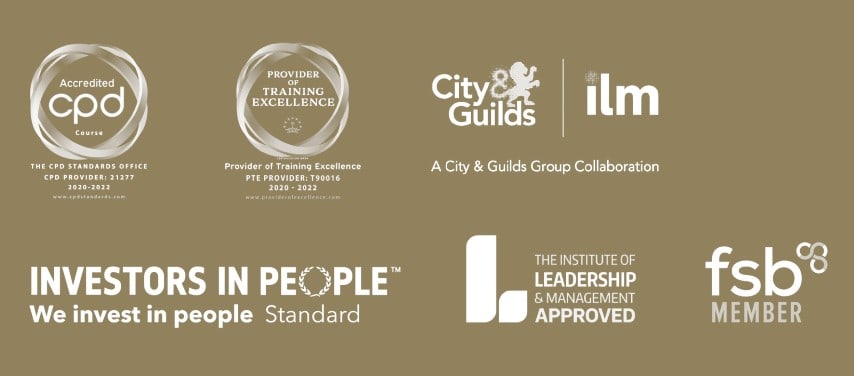Milk first or sugar?
Cups were originally made of delicate porcelain, and milk needed to be poured in first to prevent them cracking. But today cups are more robust, and milk can be poured in first or afterwards, it makes no difference on that score. However, research by British chemical engineer Dr Andrew Stapley suggests putting in milk first is the way to go. It seems if you pour cold milk into hot tea, the milk heats unevenly, causing proteins in it to lose their structure and clump, affecting the taste and sometimes forming a sticky skin on top.
Sugar first or lemon?
If you take your tea black, there’s a different debate – do you put in lemon first or sugar? Put in the sugar first, say food scientists, or the citric acid in the lemon can keep it the sugar from dissolving.
Pinky raised or lowered?
In Victorian times, holding your pinky finger raised when sipping tea was associated with elegance. These days it’s generally scoffed at as elitist or ‘nouveau toff’, says Philip Sykes, founder and principal of The British School of Excellence (TBSOE).
Lift saucer or leave it?
If you’re seated at a table, leave the saucer in place, and lift the cup to drink, he says. But if you’re drinking while standing at a function, hold the saucer and cup by cradling the saucer in your four fingers, and using your thumb secure it on top.
Stir or stroke?
While most tea drinkers stir using circular movements of the teaspoon, some advocate stroking the spoon back and forward, between 12 o’clock and 6 o’clock. Either way is acceptable provided you do it quietly and avoid clanking the teaspoon against the cup. When you’re finished, rest the teaspoon in the saucer behind the cup, never in the cup. “And never put the teaspoon in your mouth!” Sykes says.
Sip from cup or saucer?
Initially tea was drunk from bowls, but saucers emerged in Europe in the early 1700s to catch drips, hold the teaspoon, and provide a resting place for the cup when not in use. A saucer also helped cool down tea by providing a larger surface for tea to cover. Many labourers preferred to drink directly from the saucer, as they could drink it more quickly, saving precious time. Today some people still prefer ‘saucering’.
Cream first or jam?
Finally, cream scones are a staple of traditional British teas, and this debate still rages. In Cornwell its argued that jam should be spread before cream, but in Devon, it’s argued that cream should be put on first. The rest of the British nation remains divided – and much of the world.
“English Afternoon Tea is more than just a delightful tradition. It’s a cherished moment where time pauses, conversation flows, and hearts connect over the simple pleasure of a warm cup and sweet indulgence”, says Philip Sykes.
For tips on how best to serve tea, The British School of Excellence holds Afternoon Tea Etiquette courses at their London training venues, or online via Zoom or Skype. It covers everything from fine table settings to the perfect pour. For details and to book visit the Afternoon Tea Etiquette course page.
